European Design Codes That Inspire: From Sleek Milan to Vibrant Barcelona
A Journey Through the Continent’s Rich Interior Languages
Europe is a continent shaped by centuries of culture, craftsmanship, and creativity—and nowhere is this more evident than in its interior design. From the sleek restraint of Milanese modernism to the expressive color and form of Catalan spaces, Europe’s design languages are as diverse as its geography.
Each city, region, and designer contributes to a broader narrative: one where heritage meets innovation, and where place shapes personality. In this article, we take you on a design-driven journey—from the neutral elegance of Milan to the charismatic energy of Barcelona—revealing how Europe’s local codes continue to inspire interiors across the globe.
Milan: The Capital of Refined Minimalism
When it comes to interior sophistication, Milan is the masterclass. Often considered the epicenter of design and fashion, Milanese interiors are built on a foundation of understated luxury.
Think muted color palettes, clean architectural lines, natural materials like walnut and stone, and just the right amount of texture. There’s a quiet strength in Milan’s design approach—minimal, but never cold; luxurious, yet unpretentious.
Design Code: Refined materials, neutral tones, precision geometry.
Inspiration Tip: Use a palette of earthy neutrals, combine stone with warm woods, and prioritize strong silhouettes over decorative excess.
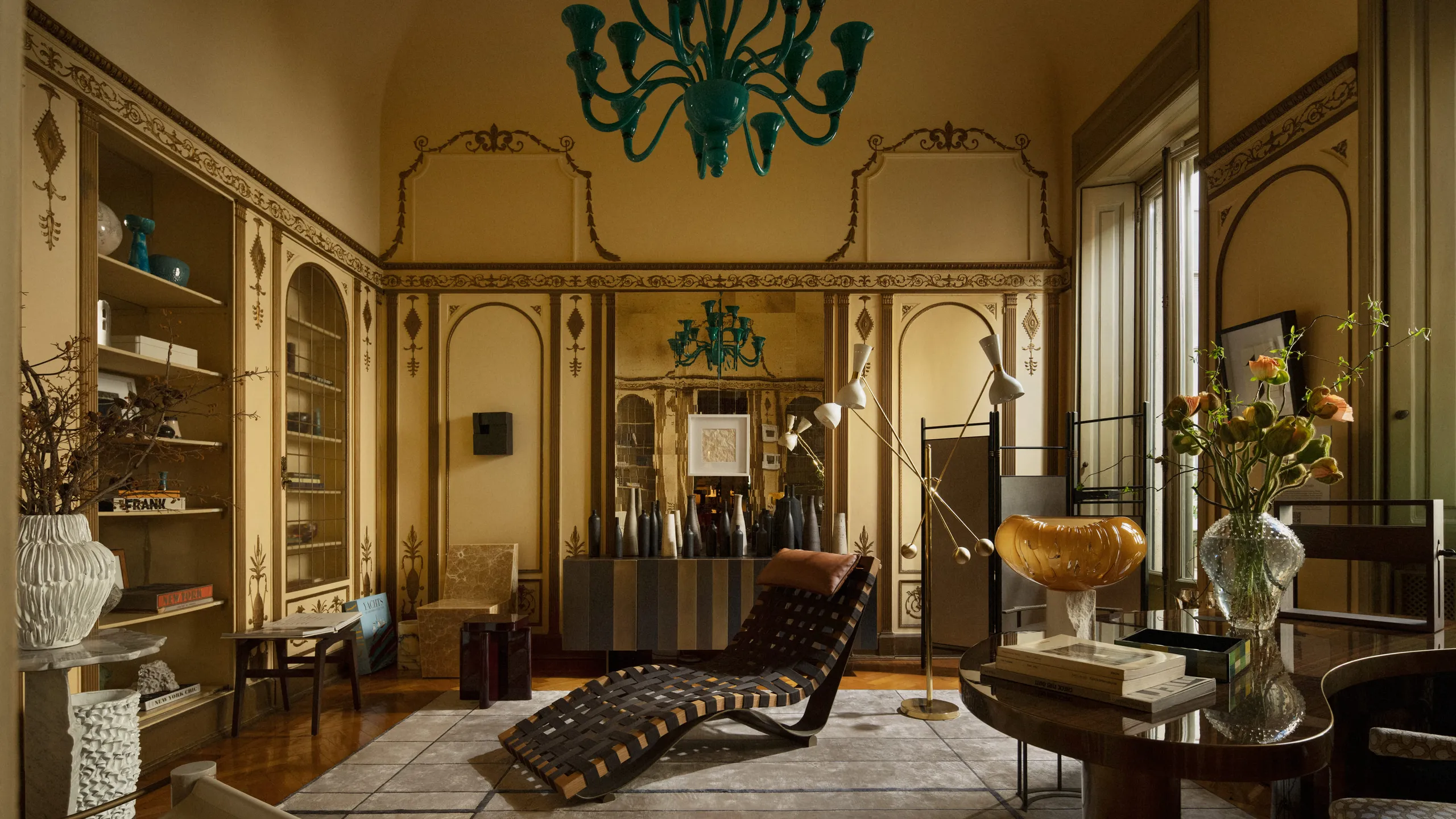
Paris: Romantic Timelessness with a Contemporary Edge
Parisian interiors embody effortless elegance. Classic Haussmannian architecture with high ceilings, ornate moldings, and parquet floors serve as the canvas, while furnishings range from mid-century modern to avant-garde sculpture.
Parisians have mastered the art of mixing vintage and contemporary, luxury and restraint. It’s about embracing imperfection, telling stories, and letting personality seep into the walls.
Design Code: High-low curation, vintage elegance, architectural layering.
Inspiration Tip: Juxtapose antique mirrors with clean-lined seating. Let a historic backdrop be the stage for modern, personal expression.
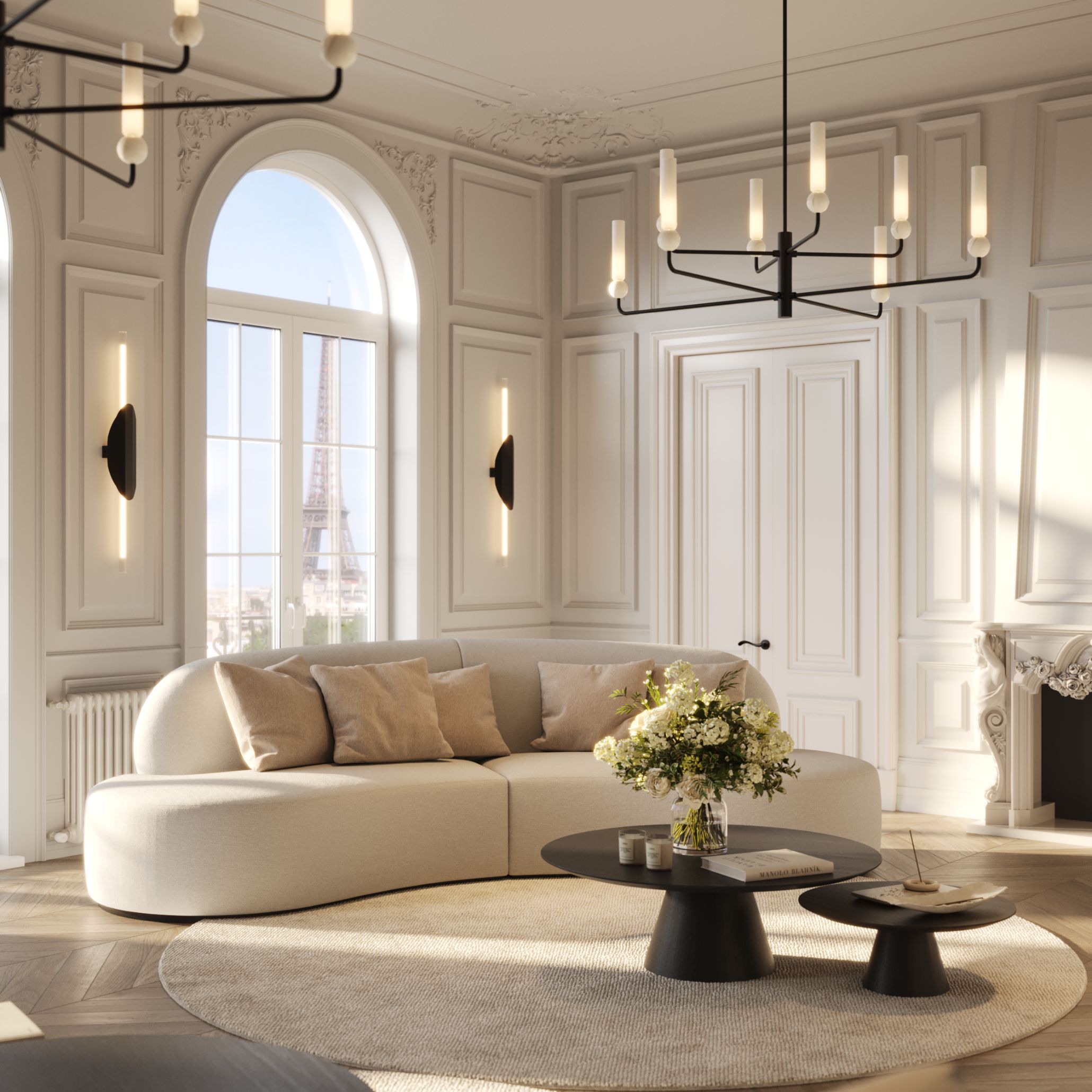
Stockholm: Functional Serenity
Scandinavian design is globally admired for its calm, functionality, and focus on light. In Stockholm, this ethos is translated into spaces that nurture well-being. Interiors are bright and airy, featuring pale woods, tactile textiles, and clever storage solutions.
While the style is often minimal, it’s never soulless—natural light, soft textures, and a sense of stillness make these interiors deeply inviting.
Design Code: Function-first minimalism, soft materials, hygge sensibility.
Inspiration Tip: Opt for a neutral base, introduce warmth through textiles like wool or linen, and focus on lighting that creates softness rather than drama.
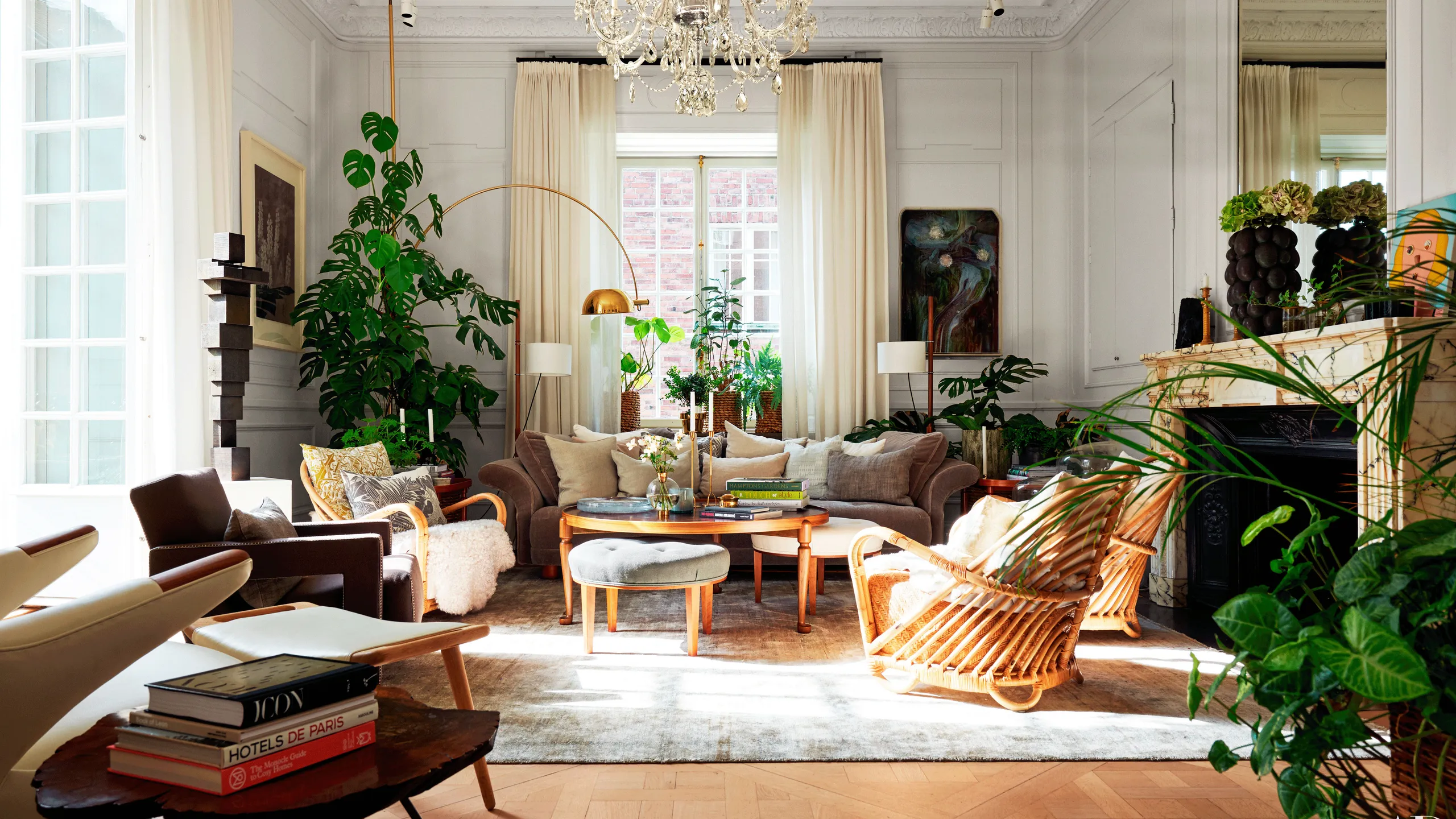
Barcelona: Color, Curves, and Creative Energy
Barcelona is bold. Its interiors reflect the Catalan spirit: expressive, artistic, and rich in Mediterranean soul. Whether it’s Gaudí’s swirling forms or contemporary design studios embracing sculptural color, Barcelona’s spaces are playgrounds of creativity.
Here, geometry is playful, materials are natural yet daringly finished, and walls aren’t afraid of being pink, terracotta, or deep blue. It’s maximalism with a light-hearted twist.
Design Code: Vibrant palettes, curved silhouettes, natural-meets-experimental materials.
Inspiration Tip: Use color to energize your space—think clay-toned walls, curved wood furniture, and eclectic details that feel both fresh and rooted.
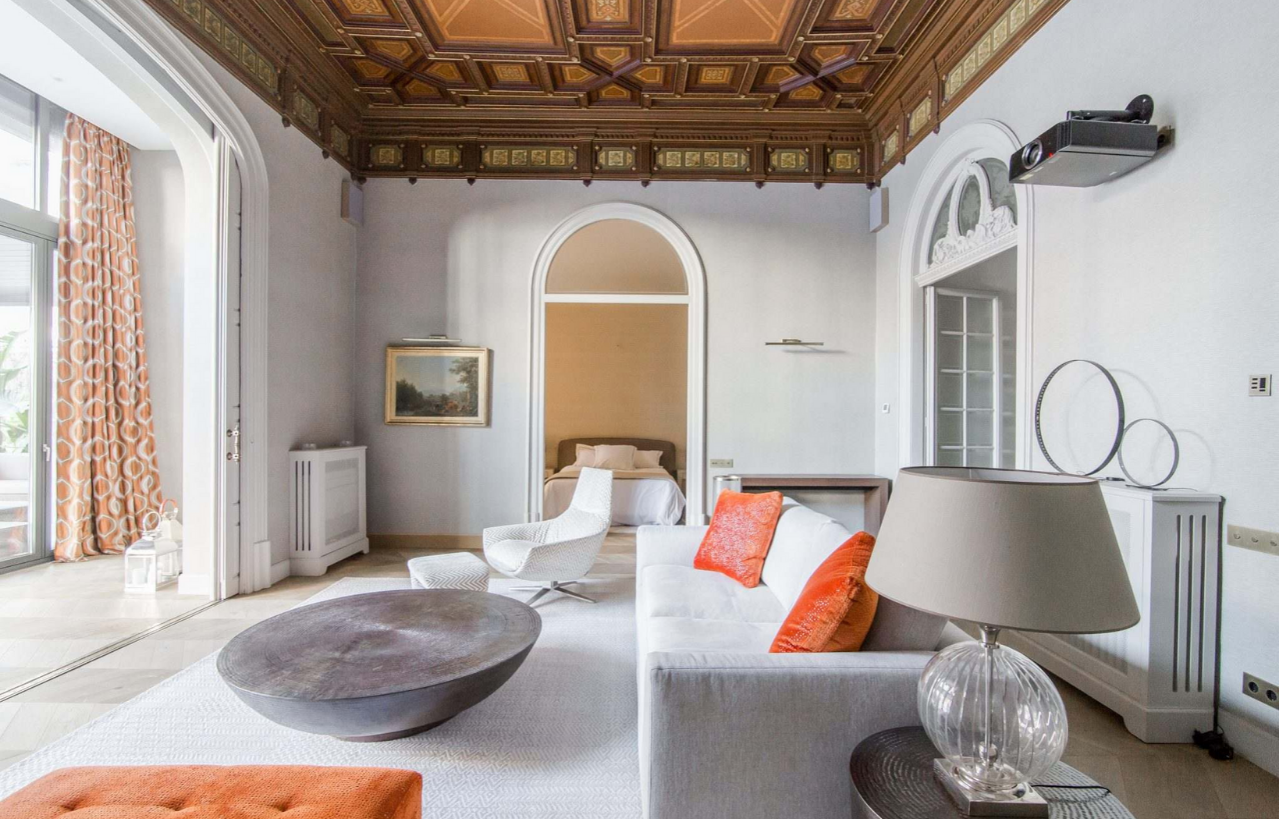
Berlin: Industrial Edginess Meets Artistic Cool
Berlin interiors are raw and real. From converted factories to art-filled lofts, the city’s style leans heavily into industrial elements: exposed brick, metal fixtures, and concrete surfaces. But this rugged backdrop is often softened by modernist furniture, large artworks, and rich textures.
Designers in Berlin are less interested in polish and more focused on authentic, layered narratives.
Design Code: Industrial foundations, textural contrasts, conceptual art.
Inspiration Tip: Mix industrial materials with rich textiles—metal lighting with velvet seating, or concrete floors with warm wooden accents.
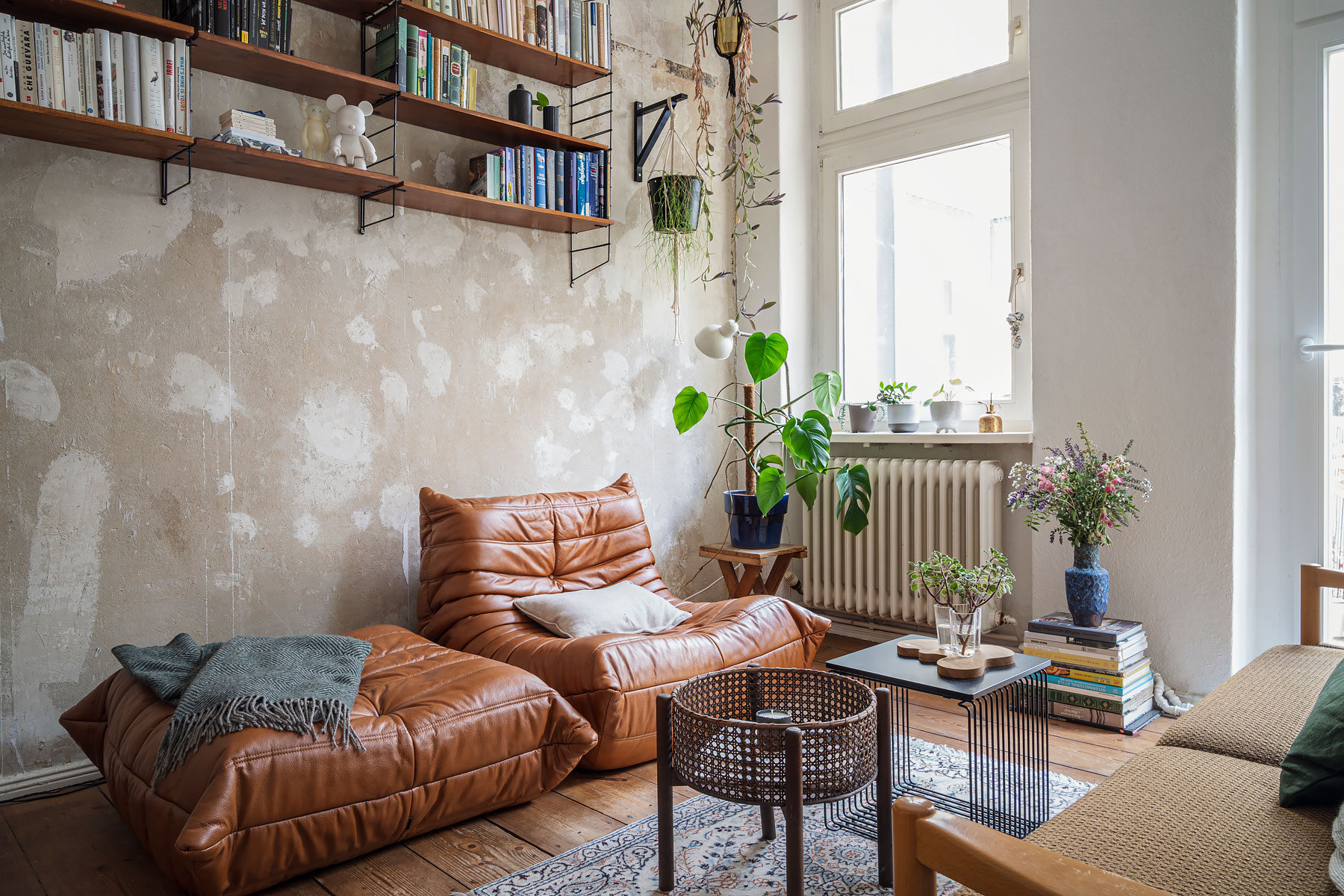
Lisbon: Coastal Calm and Heritage Harmony
Lisbon interiors are a gentle mix of old-world charm and sun-kissed serenity. With azulejo tiles, terracotta tones, and linen-draped windows, the style channels the coastal environment with grace. It’s rustic but never rough, elegant but never fussy.
Design Code: Warm minimalism, textured ceramics, soft sunlit palettes.
Inspiration Tip: Embrace organic materials—clay, rattan, marble—and let natural light be your main design feature.
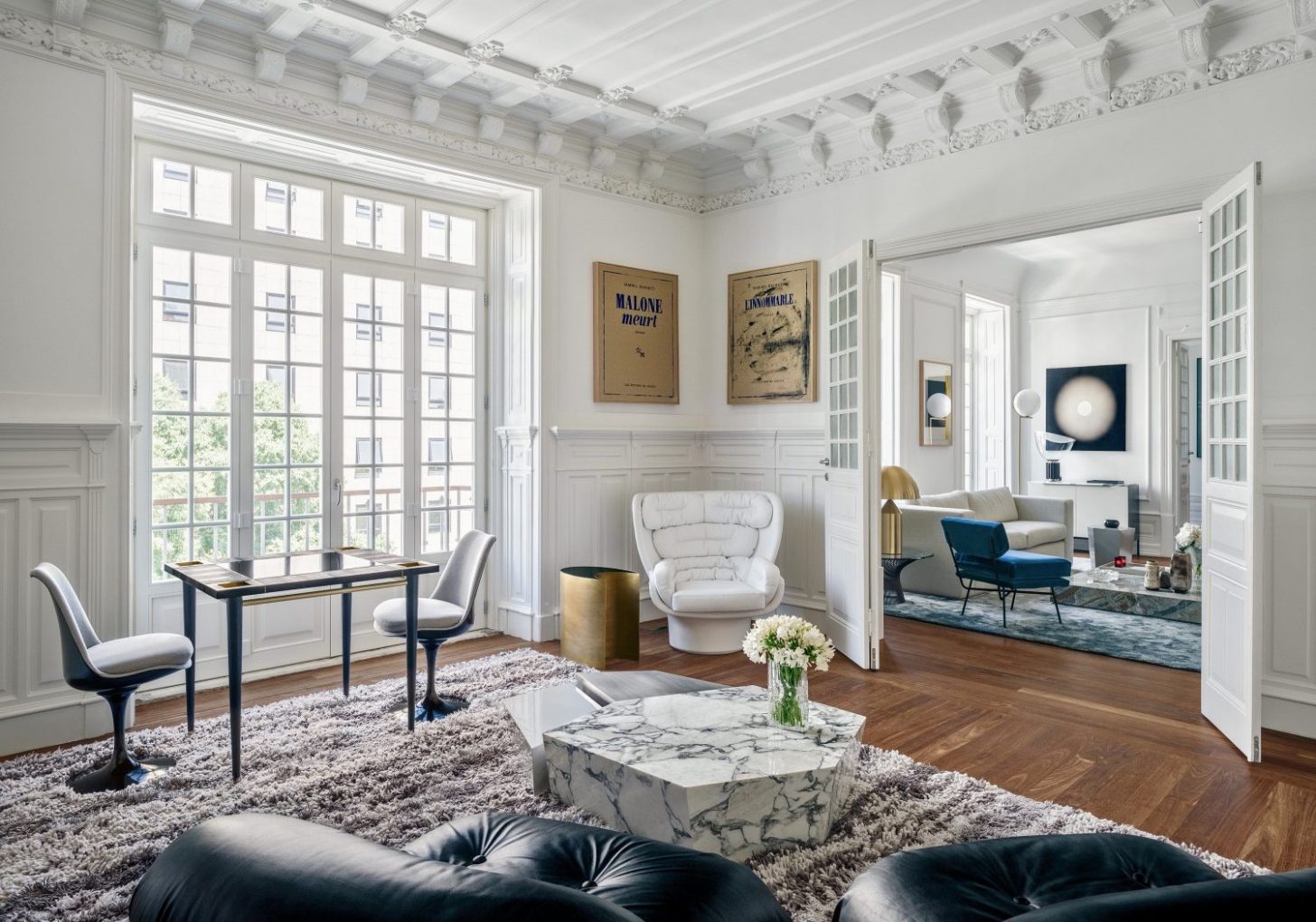
Why Nolita Harbour
At Nolita Harbour, we draw on the rich design languages of Europe to create a world of interiors that feel timeless, tailored, and globally informed. Just like the diverse cities explored above, our aesthetic celebrates material beauty, soft geometry, and Mediterranean ease.
Let us be part of the story you’re telling through space.
Final Thoughts
Europe’s design diversity isn’t just about visual difference—it’s about emotional variety. Each region expresses a distinct feeling: Milan’s calm control, Barcelona’s vibrant joy, Paris’s curated romance. And within that spectrum lies endless inspiration for the spaces we create.
No matter where your aesthetic leans, Europe offers a style vocabulary that speaks to both tradition and innovation. Use it to shape interiors that feel true to your vision—whether that means embracing the quiet or celebrating the bold.